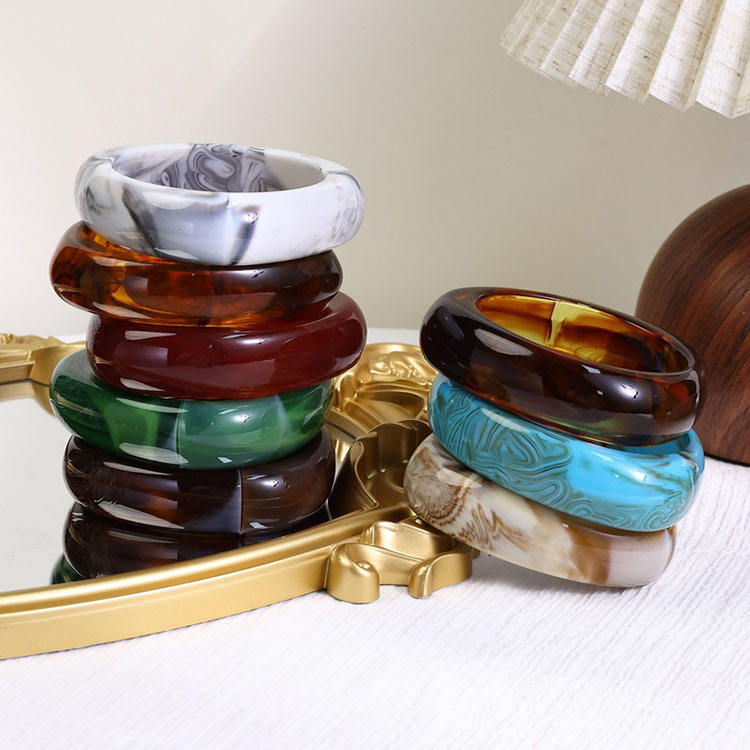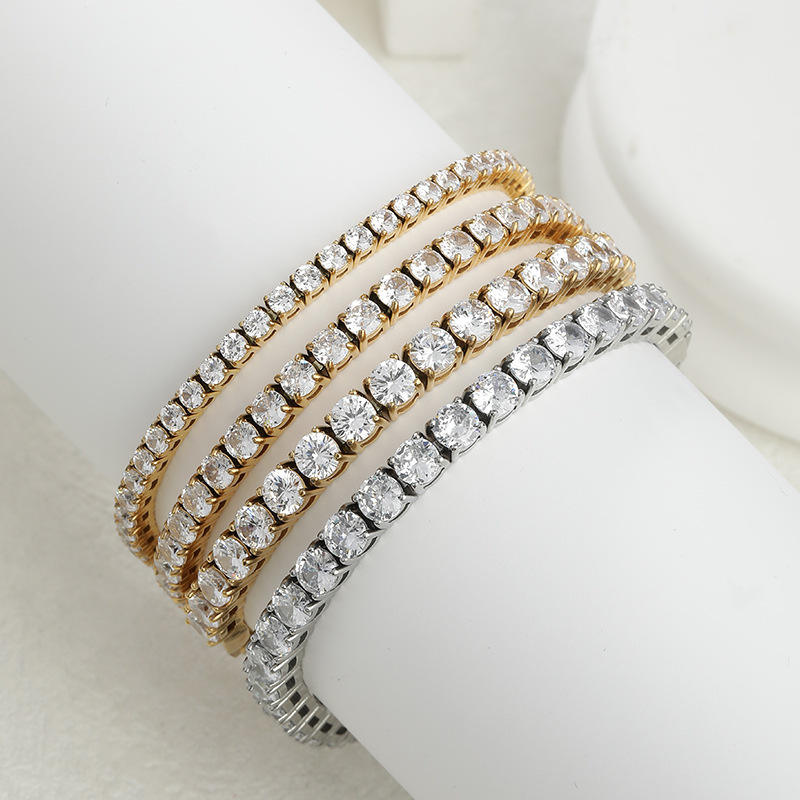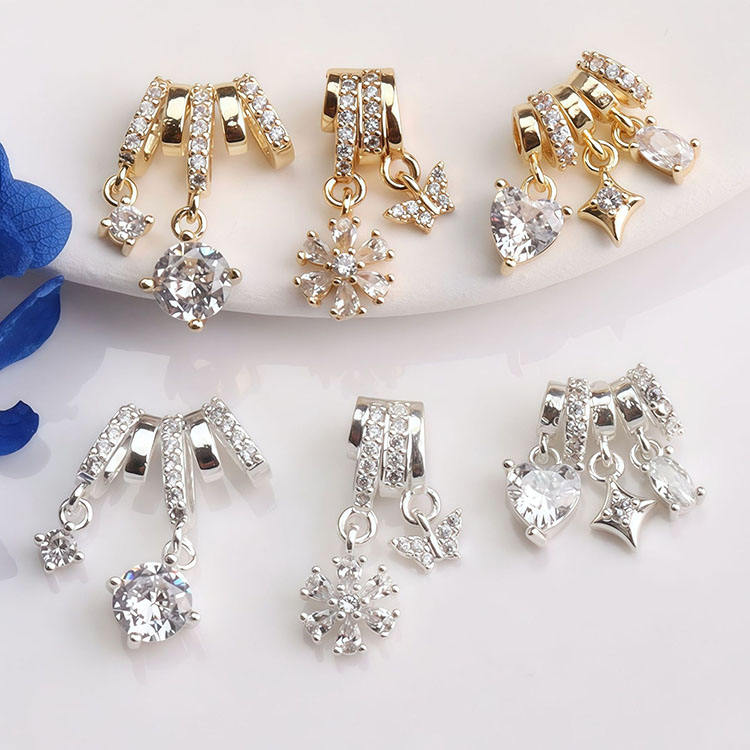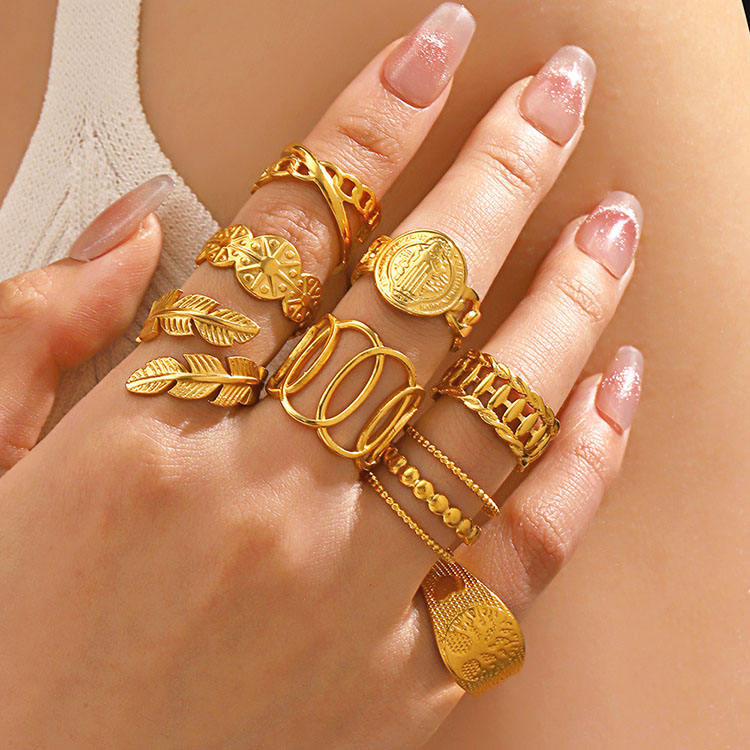In today's rapidly changing fashion landscape, where social media can catapult specific styles to viral status overnight, a crucial question emerges for jewelry enthusiasts: Do shifting market trends cause significant price fluctuations in crystal jewelry? While popularity certainly influences consumer demand, the pricing structure of crystal jewelry demonstrates remarkable resilience against the sharp volatility seen in other trend-driven markets.
The relationship between popularity and pricing is more complex than simple supply-demand economics. Several key factors create a stabilizing effect on crystal jewelry costs.
The impact of popularity varies dramatically depending on the crystal type:
1)High-Availability Crystals (including Clear Quartz, Amethyst, and Citrine):
These minerals maintain stable pricing due to abundant global deposits and established mining operations. Even when featured prominently by influencers or designers, the market can readily meet increased demand without substantial price adjustments. Any minor price changes typically reflect increased manufacturing and distribution costs rather than raw material scarcity.
2)Limited-Edition Crystals (such as Paraíba Tourmaline, Demantoid Garnet, and specific Russian Dioptase):
Genuinely rare crystals with limited mining output represent a different market dynamic. When these unique specimens gain attention through celebrity endorsements or media coverage, their prices can experience notable increases due to fundamental supply constraints competing with heightened demand.
The complete pricing structure of crystal jewelry extends far beyond the raw mineral cost:
1)Craftsmanship Investment: Skilled labor, intricate metalworking (whether sterling silver, gold, or platinum), and specialized setting techniques constitute a significant portion of the final price. These artistic elements maintain their value regardless of temporary trends in specific crystal popularity.
2)Brand Positioning and Design Innovation: Established jewelry brands and independent artisans build pricing based on their design expertise, quality guarantees, and artistic reputation. This value proposition remains largely unaffected by short-term fluctuations in crystal trends, creating a stabilizing effect on overall pricing.
While digital platforms can generate sudden interest in particular crystals, the market response differs from typical trend cycles:
1)Short-Term Demand Waves: A crystal featured in a viral video or celebrity post may experience temporary inventory shortages and modest price adjustments from retailers capitalizing on the moment.
2)Market Equilibrium Restoration: For all but the rarest crystals, production and distribution networks quickly adapt to increased demand, typically restoring price stability within a single selling season. The transient nature of social media trends rarely supports sustained price increases for widely available crystals.
Understanding these market dynamics can guide smarter acquisition decisions:
1)Prioritize Personal Connection: Select pieces that resonate with your aesthetic preferences rather than chasing temporarily popular crystals, ensuring lasting satisfaction with your purchase.
2)Value Quality Construction: Focus on superior craftsmanship and durable settings that will maintain both physical and value integrity over decades of wear.
3)Appreciate Inherent Mineral Value: Recognize that while fashion trends come and go, the natural beauty and geological uniqueness of crystals themselves represent the most stable component of their worth.
The crystal jewelry market demonstrates impressive resistance to the dramatic price swings that characterize many trend-based industries. While popularity can create temporary demand surges, the combination of adequate mineral supplies, skilled craftsmanship, and inherent artistic value creates a pricing structure that prioritizes long-term stability over short-term volatility. This resilience allows collectors and fashion-conscious consumers alike to invest in crystal jewelry with confidence, secure in the knowledge that their purchases derive value from multiple durable sources rather than fleeting social media trends.









